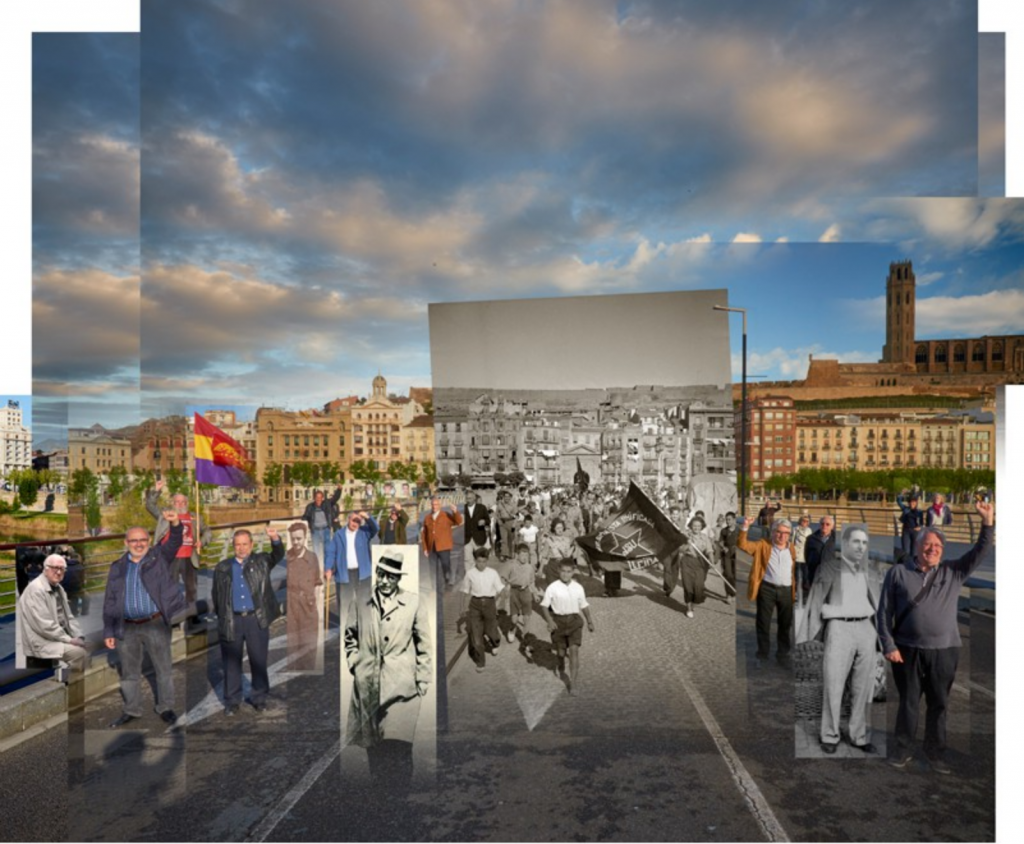Not having reliable internet access while traveling in Northern Queensland has been frustrating this week. I have had to withdraw from the webinar and have not been able to participate in the guest presentations, so feedback on the development of my project has been limited. I have, though, been able to follow up the exchange of messages with Ricard Martinez, and think about how I could incorporate something of his approach into my project (for instance, the use of community walks around an area). I have also been able to reflect on the ethical dimensions of the ‘Joywar’ exchanges, which has helped me to think through the ethical issues that might be raised by my study, and consider how I might address these.

The exchange with Ricard made me aware of the (re)mixing dimensions of my own work, and the manner in which I can bring together archival images (which I have started to do with the erase series) and other visual forms (for instance, maps and data visualizations). I can also incorporate images produced by others (for instance, developer images, as I have through photographs of hoardings in Barking) into my work. This is certainly a form of mixing, and the variations on this by adjusting filters (and the combination of these images in the animations produced) could constitute various re-mixes. There is also a degree of remixing (as a form of transformation) going on as I move from analogue to digital (and back again). In thinking about the display, whilst Ricard did not have experience of projection, he reminded me of Shimon Attie’s projection work in Berlin.

The effect of projecting archival images on buildings is similar in some ways to the mixing of archival with contemporary images in my erase series.

I could explore the possibility of projection work at the decommissioned powerstation at Barking Riverside, or another of the locations offered by filmlbbd.

Reading around art methodology has helped me to resolve differences between my own (social science inflected) view of methodology, and the manner in which this term is used in relation to photographic practice. Both entail the achievement of a consistency of approach which is based on a set of explicit principles and informed by theory and practice within the field of work. They also require careful consideration of the appropriateness of methods used, and the opportunities and limitations placed on practice by the context and focus of the project or study. Just how explicitly this is stated in the outcomes of a project clearly varies between artistic practice and social research (artists’ statements give a sense of orientation and position in the field, whereas accounts of the outcomes of social research would require more detailed explication of the relationship between theory, methodology, design, methods and analysis). In the development of my FMP, I now have to move from a general methodological position, which has emerged alongside the development of my photographic practice over the previous modules, to reassess my project proposal and produce a project design which is achievable in the time available.
